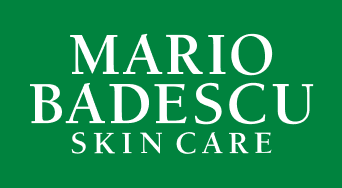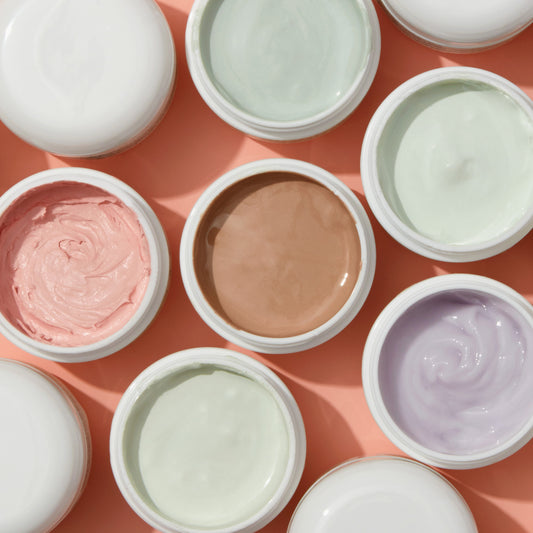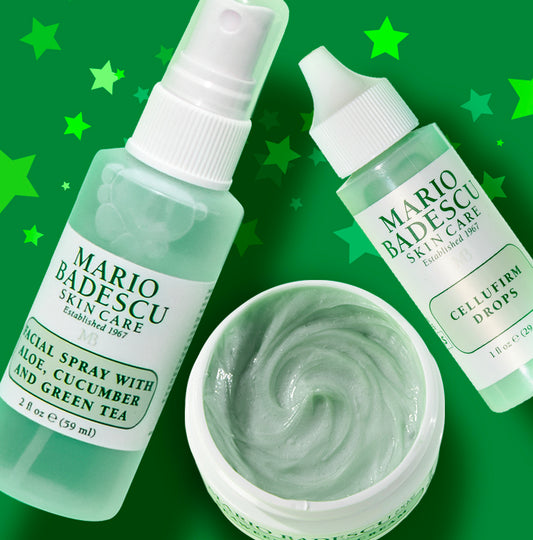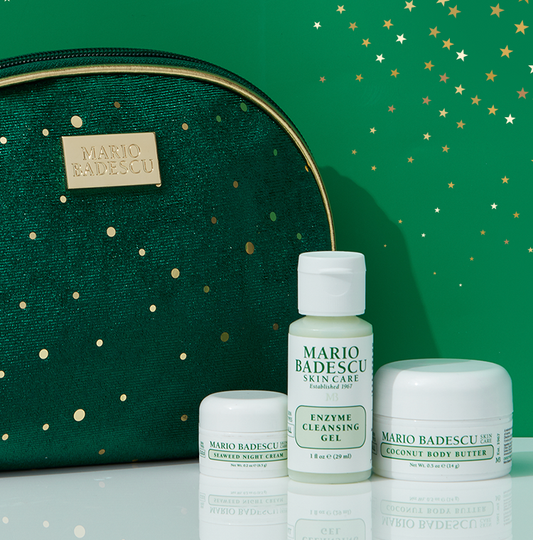“What's your skin type?” If you don't know, you're not alone: a lot of people don't know their true skin type. We're here to help!
Why is skin type important? It is essential to know your skin type and skin conditions (such as acne or sensitivity) before selecting skin care products. For example, if you have dry skin and purchase an oil free moisturizer that's meant for combination-oily skin, it's likely that this moisturizer will not be hydrating enough. By that same token, those who are acne-prone should avoid heavier creams that are formulated with oils.
Knowing your skin type has one other distinct advantage, and it can help save you money. The more you know, the less likely you are to make incorrect purchasing decisions.
(Read: How to choose products based on skin type)
Determining Skin Type There are several simple and effective ways to determine your skin type. One is purely by observation. The other uses a “tool” to help you. (When I say “tool” I mean a simple piece of tissue paper.)
The condition of your skin when you first wake up as well as in the late afternoon tells us a lot. Look in the mirror when you get out of bed and also when you get home from work or school. A magnifying mirror is ideal for this. What do you see?
Oily Skin Is your skin shiny all over? Shiny only in the t-zone? Do you have visibly enlarged pores? Do you wake up greasy? Does your make-up seem to melt off by late morning or are you blotting and touching up all day? Do you have enlarged pores that get congested easily? Does a humid summer day cause your skin to gush oil that seems out of control?
(Read: How to control oily skin)
Normal Does your skin just feel normal? Minimal shine and no dry patches? No sign of any large pores? The only concern you will have is finding the right balance of products. Nothing too strong or you may become dry and conversely, nothing too mild that won’t be effective.
Combination/Oily Skin and Combination/Dry Does your skin sound like the above category, yet you occasionally deal with either some oiliness or some dryness? Combination/Oily skin has some areas of large pores; an oily t-zone; and the occasional acne breakout. Combination/Dry skin experiences some dryness on occasion.
Dry Skin Do you wake up with uncomfortably tight skin that looks dull and drab? Do you moisturize before bed only to wake up dry as a bone? Tight pores, flaky patches? Does this get worse in cold, dry weather?
Have you found where you fit in one of the 3 categories of skin types above? Additionally, do you experience redness and get easily irritated by certain products or ingredients? Does your skin look blotchy and uneven? If so, then you also have sensitive skin.
The Paper Test for Skin Type If you've ever wondered 'What skin type am I?' you might want to try this method as well. The second way to determine your skin type is to use a piece of tissue paper, plain facial tissue, or eyeglass lens cleansing tissue. Cleanse with a gentle, soap free cleanser and pat dry. Wait 3 hours for the skin to normalize. Press a piece of tissue paper each to the cheeks, chin and forehead.
Did the tissue paper stick? Do you see patches of oil on the paper when you hold it up to the light? Oily skin. Does the paper stick on your skin but when you remove it you don’t see any oil or maybe just a bit from were you pressed on the t-zone? Normal skin. Does the paper not stick at all? No oily spots on the paper at all? Dry.
Once you have figured out your skin type, it is essential to realize that it may be strongly affected depending on your health, the season, the temperature and many other environmental factors. Ensure that the products you're using relate to how your skin is behaving right now. For example, someone with Combination/Oily skin may experience some hydration during the winter months. Watch out for these types of issues and you're on your way to beautiful skin!



